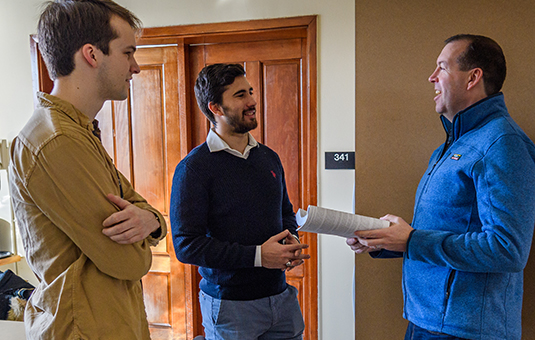Computer Science
Modeling of laser-induced breakdown spectroscopic data analysis by an automatic classifier
Abstract
Laser-induced breakdown spectroscopy (LIBS) is a multi-elemental and real-time analytical technique with simultaneous detection of all the elements in any type of sample matrix including solid, liquid, gas, and aerosol. LIBS produces vast amount of data which contains information on elemental composition of the material among others. Classification and discrimination of spectra produced during the LIBS process are crucial to analyze the elements for both qualitative and quantitative analysis. This work reports the design and modeling of optimal classifier for LIBS data classification and discrimination using the apparatus of statistical theory of detection. We analyzed the noise sources associated during the LIBS process and created a linear model of an echelle spectrograph system. We validated our model based on assumptions through statistical analysis of “dark signal” and laser-induced breakdown spectra from the database of National Institute of Science and Technology. The results obtained from our model suggested that the quadratic classifier provides optimal performance if the spectroscopy signal and noise can be considered Gaussian.



